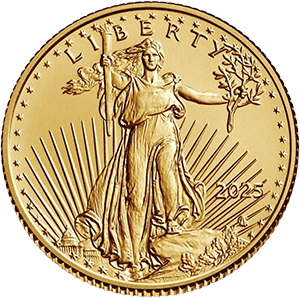
Introduction:
The relationship between the valuation of the US dollar and the price of gold is a fascinating interplay that has captured the attention of investors, economists, and policymakers around the world. Both the US dollar and gold are considered key indicators of economic health and often move in opposite directions. This article explores the dynamics between the valuation of the US dollar and gold prices and the factors that influence their relationship.
The US Dollar Valuation:
The US dollar, often referred to as the world's reserve currency, plays a central role in global trade and finance. Its value is influenced by several factors, including interest rates, economic growth, geopolitical stability, and monetary policy decisions. When the US economy is strong and interest rates are high, the US dollar tends to appreciate as investors seek higher returns. Conversely, during periods of economic uncertainty or when interest rates are low, the US dollar may weaken as investors seek safer assets.

Gold Prices:
Gold has been a store of value and a medium of exchange for centuries. Its price is determined by various factors, including supply and demand dynamics, inflation expectations, central bank policies, and geopolitical risks. Gold is often considered a safe-haven asset, attracting investors during times of economic instability or when inflationary pressures rise. When confidence in the global economy is low, investors tend to flock to gold as a hedge against currency fluctuations and potential financial turmoil.
Inverse Relationship:
The US dollar and gold prices often exhibit an inverse relationship. When the US dollar strengthens, the price of gold typically decreases, and vice versa. This inverse relationship is largely driven by the perception of gold as an alternative investment to the US dollar. When the US dollar is strong, investors find less incentive to hold gold as it becomes relatively more expensive. Additionally, a stronger dollar makes gold costlier for buyers using other currencies, leading to reduced demand and lower prices.
Conversely, when the US dollar weakens, the price of gold tends to rise. A weaker dollar makes gold relatively cheaper and more attractive to investors seeking to diversify their portfolios or preserve wealth. Furthermore, a declining US dollar can lead to inflation concerns, prompting investors to turn to gold as an inflation hedge.

Factors Influencing the Relationship:
Several factors influence the relationship between the US dollar valuation and gold prices. Monetary policy decisions, such as interest rate changes and quantitative easing measures, can have a significant impact on both the US dollar and gold prices. If the Federal Reserve adopts an accommodative monetary policy, which involves lower interest rates and increased money supply, it may weaken the US dollar and drive up gold prices.
Geopolitical tensions and economic uncertainties also play a role. When there are geopolitical risks or concerns about global economic stability, investors often seek safe-haven assets like gold, leading to an increase in its price. Conversely, improved economic conditions or positive developments in trade relations can boost the US dollar's value, potentially pressuring gold prices.
Conclusion:
The relationship between the valuation of the US dollar and gold prices is a complex and ever-evolving dynamic. While they often move in opposite directions, their relationship is influenced by a multitude of factors. Investors and analysts closely monitor these indicators as they provide insights into the broader economic landscape and can guide investment decisions. Understanding the interplay between the US dollar valuation and gold prices is essential for navigating the complexities of the global financial markets and managing risks effectively.









